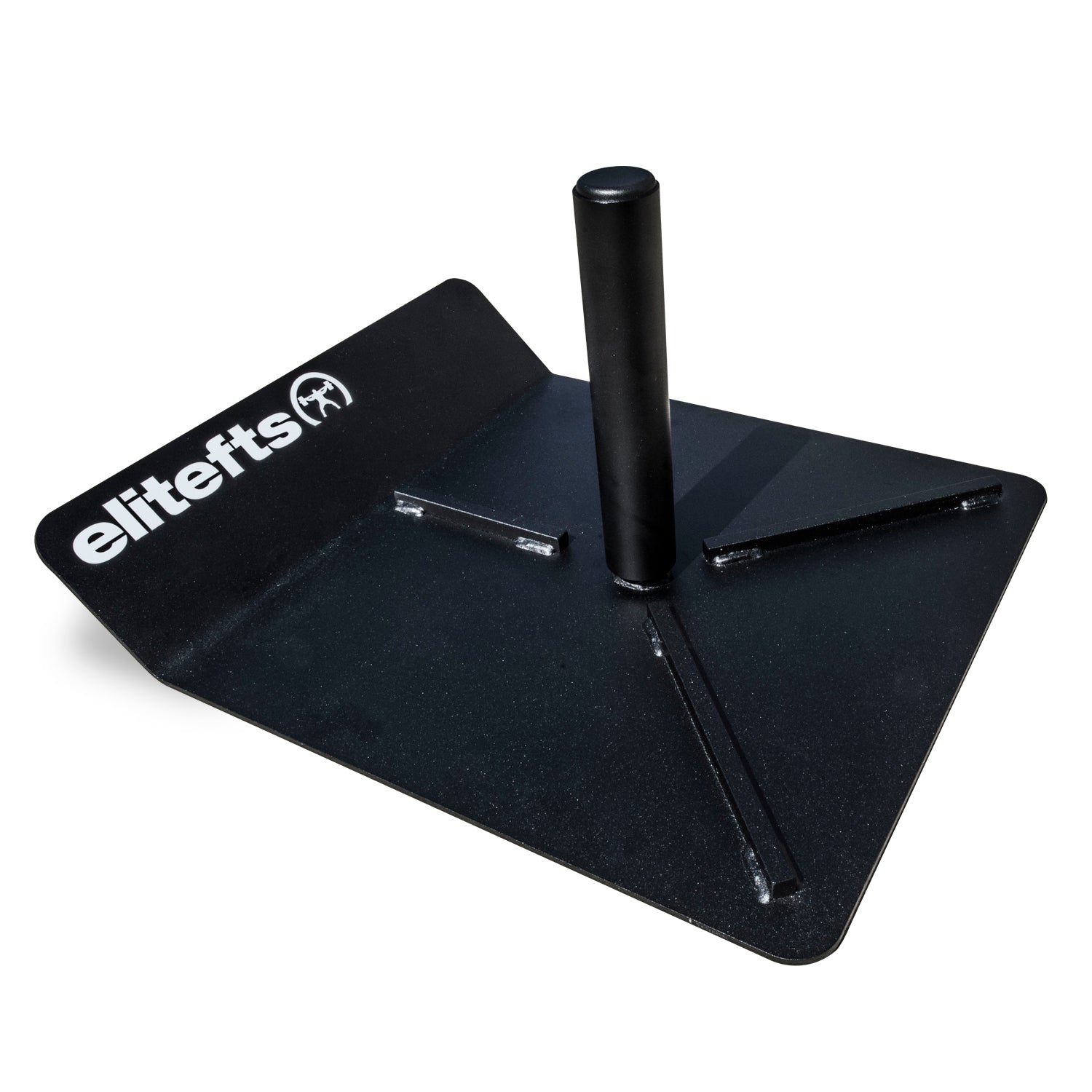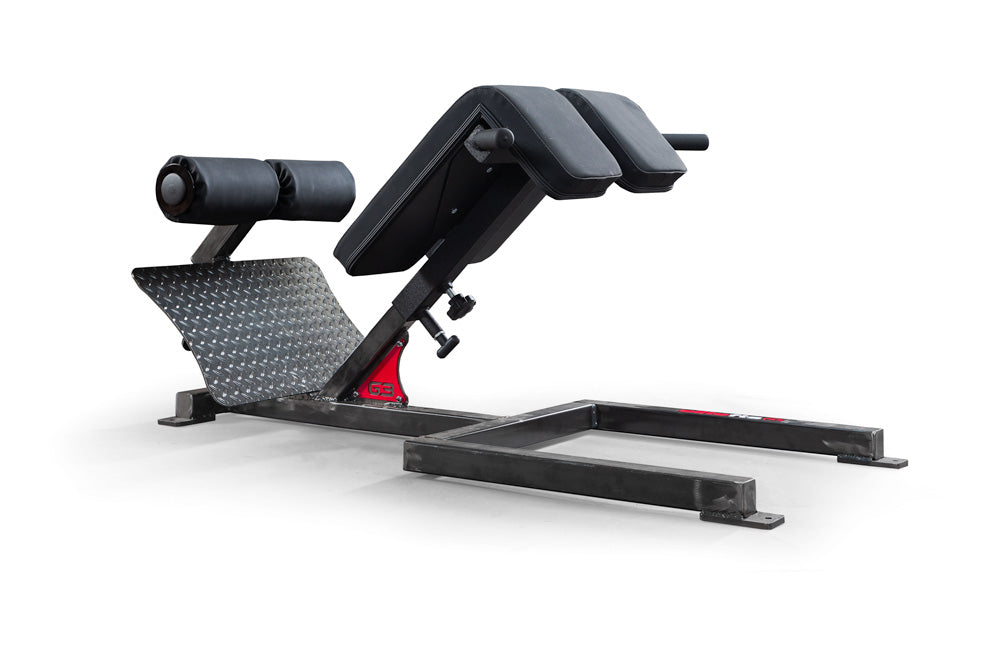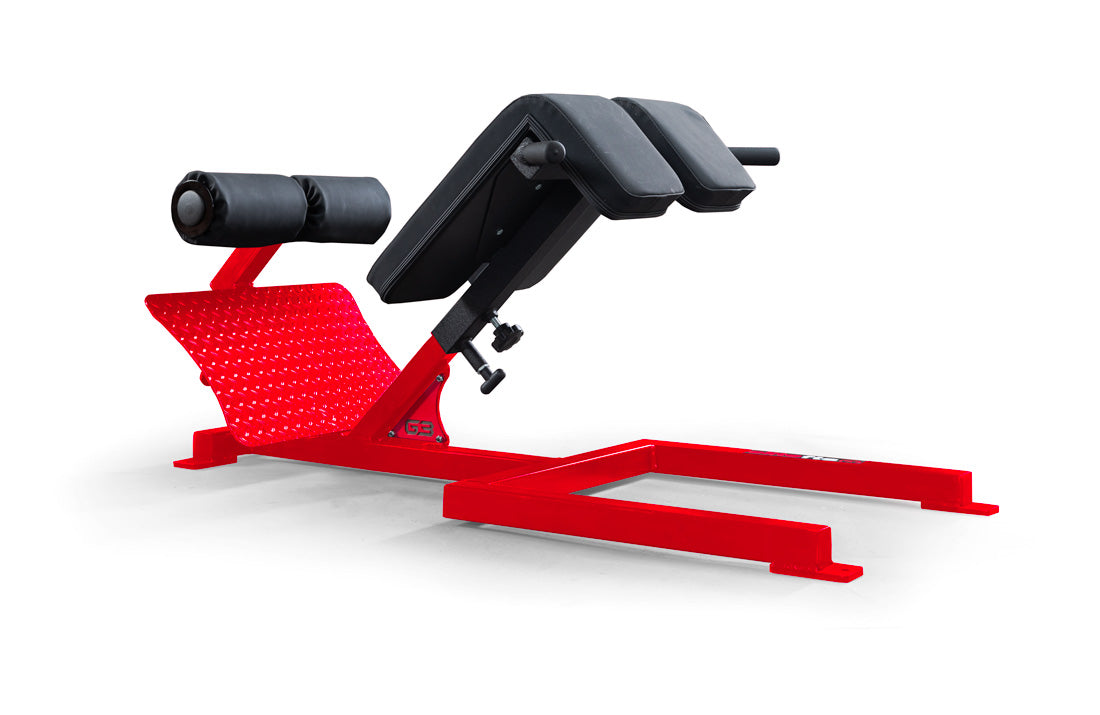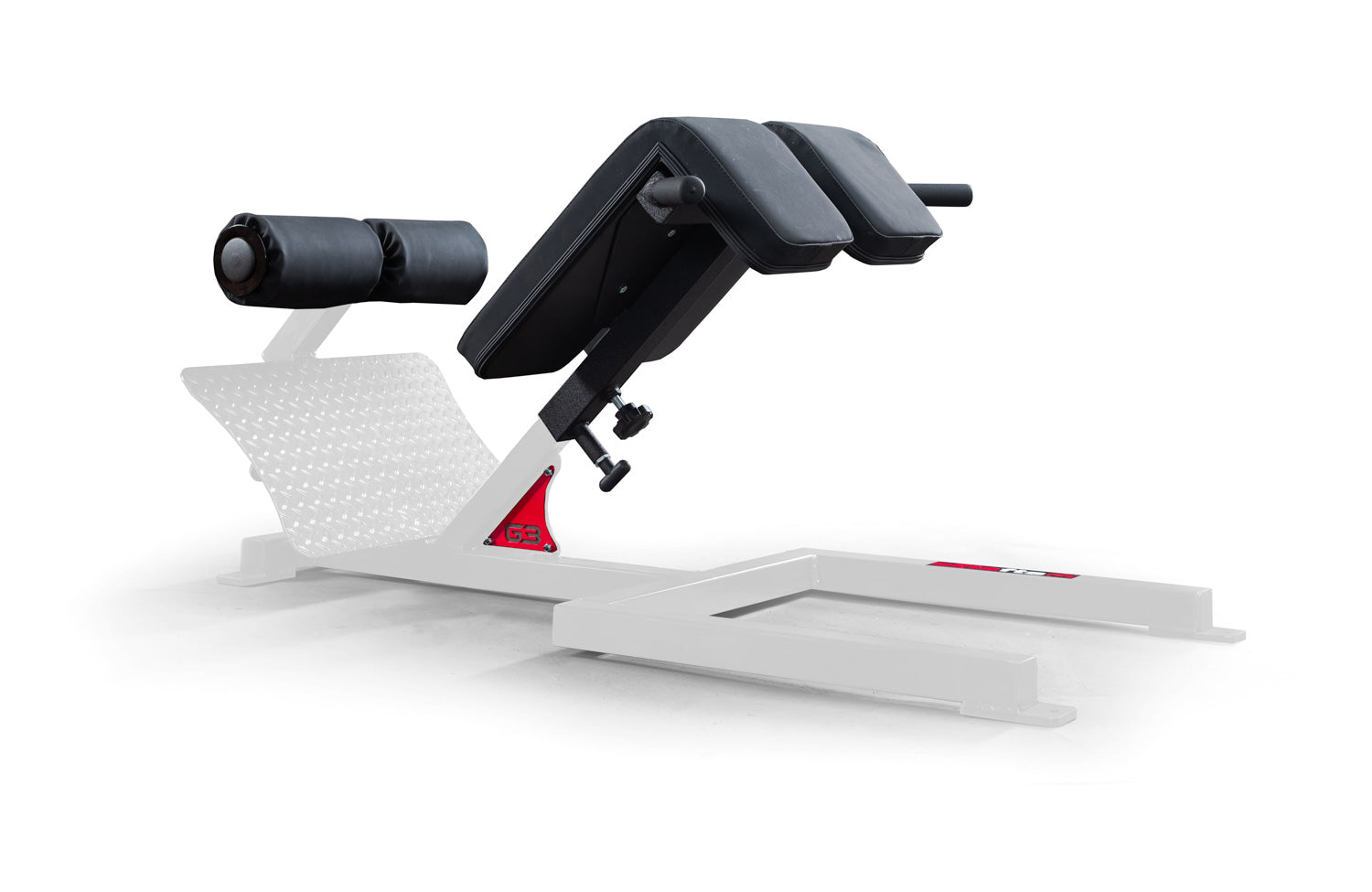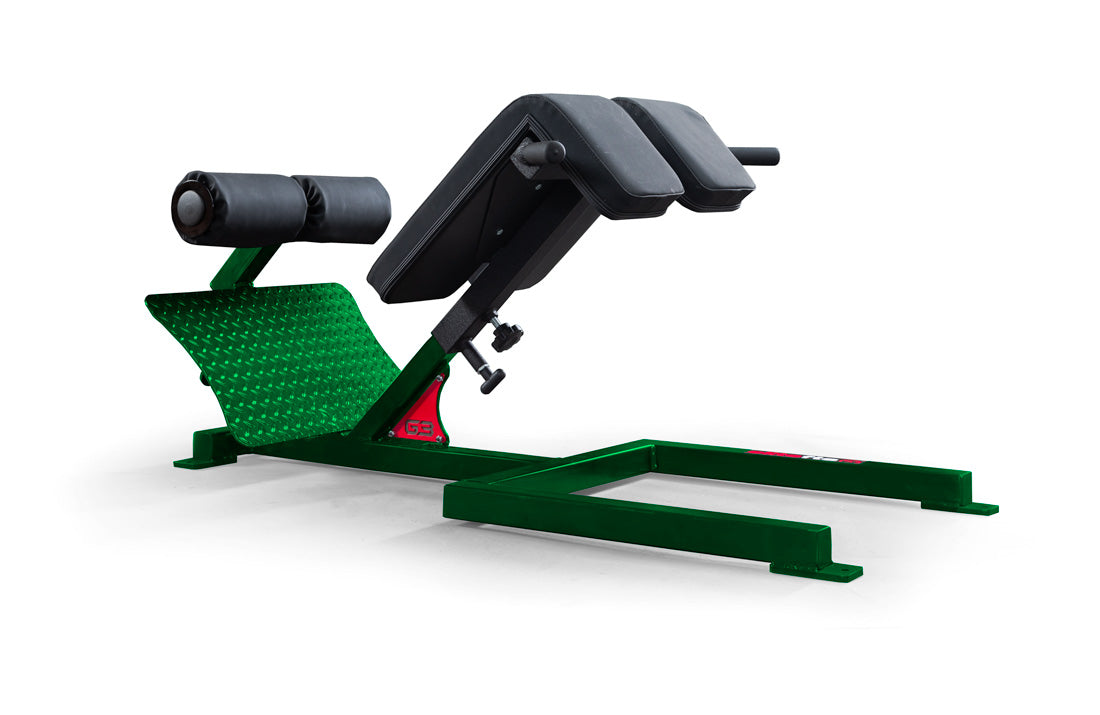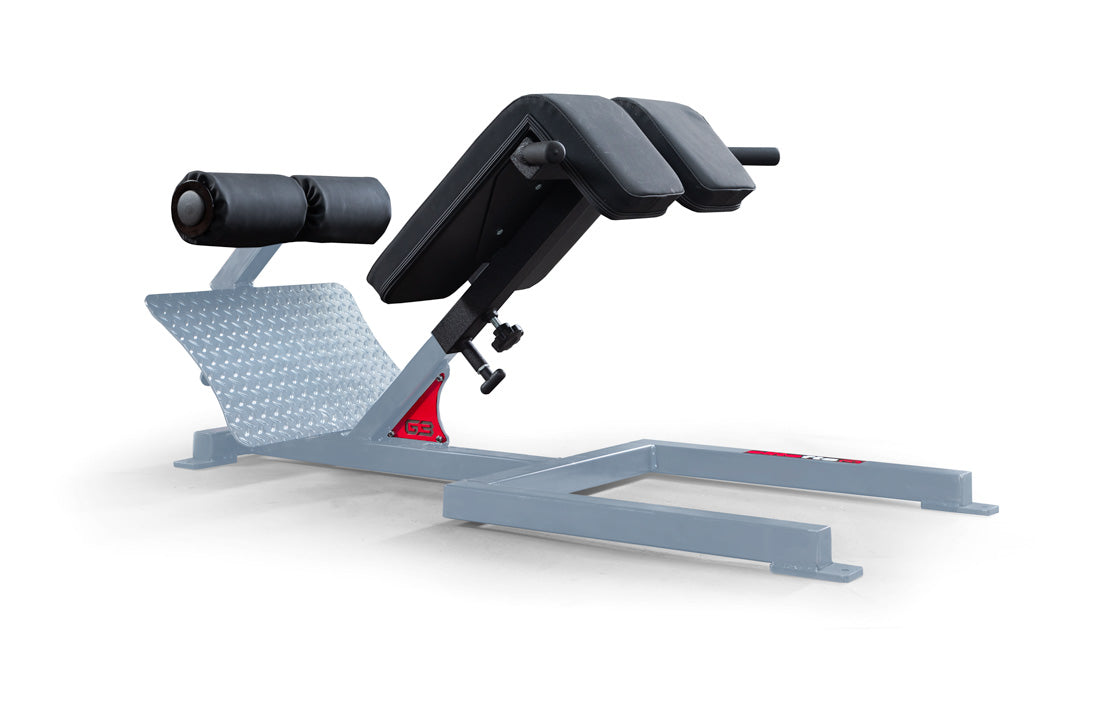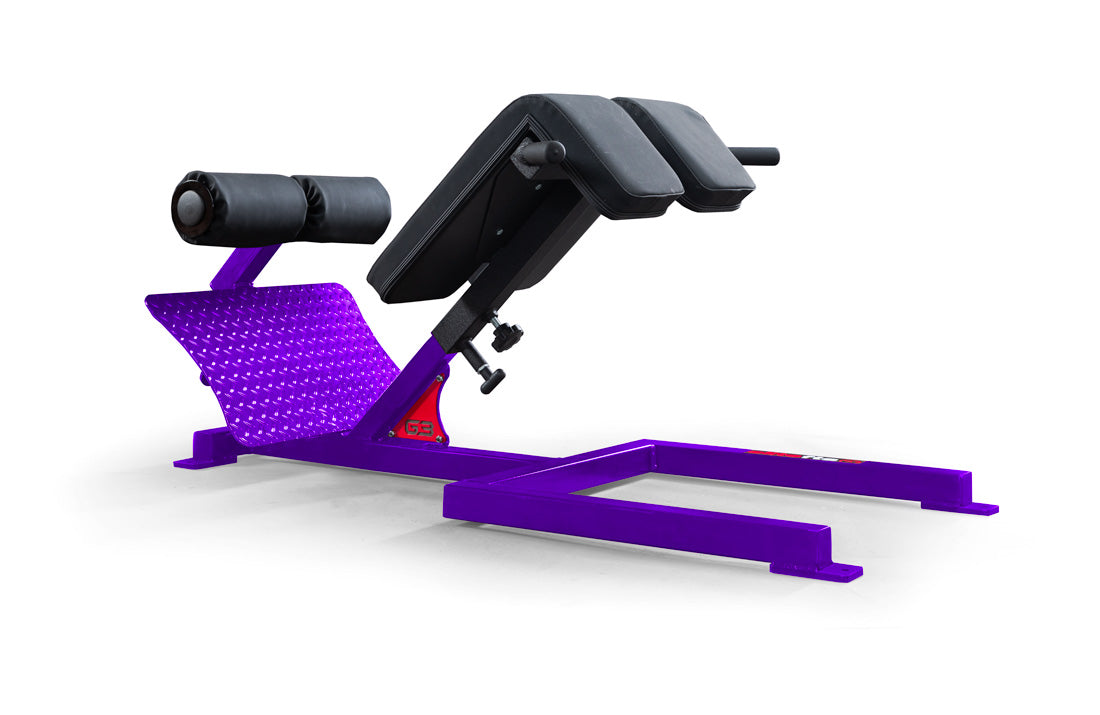RECENT: Movement Economy in Sports
Hypertrophy is generally defined as the growth of a tissue or organ as a result of increased size of individual cells1. For sporting performance, there has been a quest for skeletal muscle hypertrophy since it was established that a muscle with a larger cross-sectional area produces greater force than a muscle with a smaller muscle cross-sectional area (a bigger muscle is a stronger muscle)1,2,3,4,5. Unfortunately, strength athletes are so preoccupied with getting those "gains" or getting "big" that they find themselves believing, and trying, every stupid broscience tip that comes down the fitness crapshoot to increase their muscle mass in the hopes that they will become their strongest selves. There are primarily two different types of hypertrophy:
- Sarcoplasmic Hypertrophy — Growth of the structures supporting and surrounding the contractile elements of the muscle fibers such as the sarcoplasmic reticulum and sarcoplasm2. This type of hypertrophy is the result of bodybuilding style training regimens.
- Myofibrillar Hypertrophy — Growth of the contractile components of muscle fibers2. This type of hypertrophy is the result of strength speed and speed strength training, also known as powerlifting and Olympic lifting training regimens.

Image via http://www.askthetrainer.com/myofibrillar-vs-sarcoplasmic-hypertrophy/
RELATED: A Case for Max Effort Work and How To Introduce It
Deciding if hypertrophy training is beneficial or just a time-suck involves thinking through the needs of the individual athlete in their specific sport. Is mass a requirement in order to be competitive or to compete at higher levels of your sport? A high school senior defensive tackle coming into their freshman year of college football will need to put on weight in order to compete at their position. Hypertrophy training for a strength athlete in this position would be appropriate. For the powerlifter who is naturally incredibly strong and wants to compete in higher weight classes for increased competition and notoriety associated with competing at that level, hypertrophy training would be appropriate. So, while the suggested general rule for the strength athlete is that those who have less than six to eight years of training experience should focus solely on strength and worry about hypertrophy after that, there are some special circumstances that must be considered from athlete to athlete. So where have the feathers been ruffled? Right here, on the internet. With all of this information in hand, we can conclude that many of the mass produced hypertrophy templates from internet "coaches" are useless for the majority of strength athletes. Almost all of them are rooted in the traditional sarcoplasmic hypertrophy style of training (bodybuilding concepts) that we all formally associated with muscle-building to make us stronger until we were further educated, like through this article. As strength athletes, this style of training and specific type of hypertrophic adaptation does us little good and can even be detrimental to our specific sporting strength. These athletes (with the exception of those outlined above) would yield more benefit from continued strength training geared toward their sport. Understanding that hypertrophy may not be necessary for strength athletes with less than six to eight years of training and doesn’t require special training regimens or templates is a concept that many online coaches and novice coaches alike will rebuff. These coaches make their living perpetuating the broscience falsehoods of hypertrophy training (via bodybuilding style workouts) and preying on your fear that you have to get bigger to get stronger. If you’re a strength athlete within six to eight years of training (with the exception of certain athletes defined earlier), just train for strength. Don’t get lost in the fallacy that hypertrophy is your only path to getting stronger. Motor control and force production (muscle strength), at its core is a complimentary neuro and muscular system that should be trained as such. Plus, the type of hypertrophy that makes you stronger (myofibrillar) will occur to some degree as a consequence of the work you’re performing anyway2. I hope this article has clarified some of the myths associated with hypertrophy for strength athletes and will save some of you time (and money) from broscience coaches who would love to steal both from you.
References
- Macinstosh B.R. Gardiner P.F. McComas A.J. Skeletal Muscle: Form and Function. Second Edition. Champaign, IL: Human Kinetics; 2006.
- Siff M.C. Facts and Fallacies of Fitness. Sixth Edition. Denver, CO; 2003.
- Baechle T.R. Earle R.W. Essentials of Strength Training and Conditioning. Third Edition. Champaign, IL: Human Kinetics; 2008.
- Verkhoshansky Y. Siff M. Supertraining. Sixth Edition. Ultimate Athlete Concepts; 2009.
- McArdle W.D. Katch F.I. Katch V.L. Exercise Physiology: Nutrition, Energy, and Human Performance. Eighth Edition. Baltimore, MD: Wolters Kluwer Health; 2015.
- Medvedyev A.S. A System of Multi-Year Training in Weightlifting. Livonia, MI: Sportivny Press; 1989.
- Ogborn D. Schoenfeld B.J. The Role of Fiber Types in Muscle Hypertrophy: Implications for Loading Strategies. Strength and Conditioning Journal. April, 2014; 36(2): 20-25
Mark Clevenger's professional experience includes being a current Light Weight Strongman Corporation and United States Strongman competitor, as well as the current head sports performance coach for the dedicated strongman training group Louisville Strongman. His former professional experience includes varsity football at Depauw University, being a CrossFit coach, high school football coach, and eight years of military service. Mark's education and certifications include being a current doctoral student, finishing his Doctor of Physical Therapy degree at Nova Southeastern University, bachelors in Kinesiology acquired from Depauw University, and currently holding his CSCS from the NSCA. Check out his website at
https://louisvillestrongman.com/.














